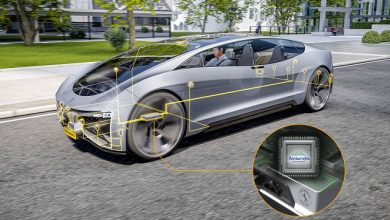ADAS dominates automotive ethernet market

The automotive ethernet market will grow at a rate of 19.4% by the end of this decade to reach a value of approximately 10 billion by 2030.
The key factors accountable for the development of the industry include the decreasing cost of the ethernet technology. It grows use of smart infotainment systems and ADAS in vehicles.
Also, investments in the connected car concept can offer lucrative prospects to the market players.
ADAS had a major share in the past based on application. This was due to the growing demand for cutting-edge safety features and enhanced fuel efficiency. In this regard, the increasing count of regulations for incorporating ADAS into vehicles. For example the mandates for ABS in all new passenger cars in the EU and the U.S., are powering the industry.
APAC automotive ethernet market will grow the fastest in the years to come. The main factors accountable for the growth are tech expansions, advantageous regulations, and positive economic growth in regional nations. Furthermore, the count of manufacturers is increasing yearly. India and China are the fastest-growing countries with regards to population, so the requirement for vehicles is generally high.
The sale of autonomous automobiles is constantly increasing at a global level. This is due to the rapid tech progressions and extra features offered in comparison to conventional vehicles.
These comprise smartphone connectivity in the automobile, traffic and collision warnings, roadside assistance, and automobile diagnostics. They are accompanied by higher autonomy levels for reducing dangerous driver behavior.
Regarding this, automotive Ethernet has the potential to replace conventional cabling for connectivity. It connects the components of the vehicle with lighter and effective wires, therefore decreasing the cabling weight and connectivity cost.
So, the initiation of connected and autonomous vehicles is a key trend witnessed in the market.
Several factors related to human drivers can lead to road accidents. For example, the failure to pay attention, unsuitable speed, and insecure distance from the automobile in front.
Therefore, more than a few nations have issued regulations with regards to the integration of safety systems in automobiles, which is the main reason why main players are incorporating connected safety and security systems into automobiles.
Furthermore, the incorporation of instantaneous connectivity with lane departure warning systems, tire pressure monitoring systems, and road-side assistance is resultant in the industry.
Due to the increasing concerns with regards to vehicular emissions and the harm caused to the environment by that, there is an increasing inclination of people toward electric vehicles. This will have a positive impact on the demand for automotive ethernets all over the world, and this will continue in the future as well.





